
Three books about Leica
6 min read Dec 22, 2022
This is the first in a series of essays about books in my library that I find particularly inspiring.
First up are three books about my favorite camera manufacturer, Leica. Each has a different focus and comes from a different place and time. However, each also has helped me understand in words what was previously just a feeling — why I love Leica cameras.
Magazine B: Leica
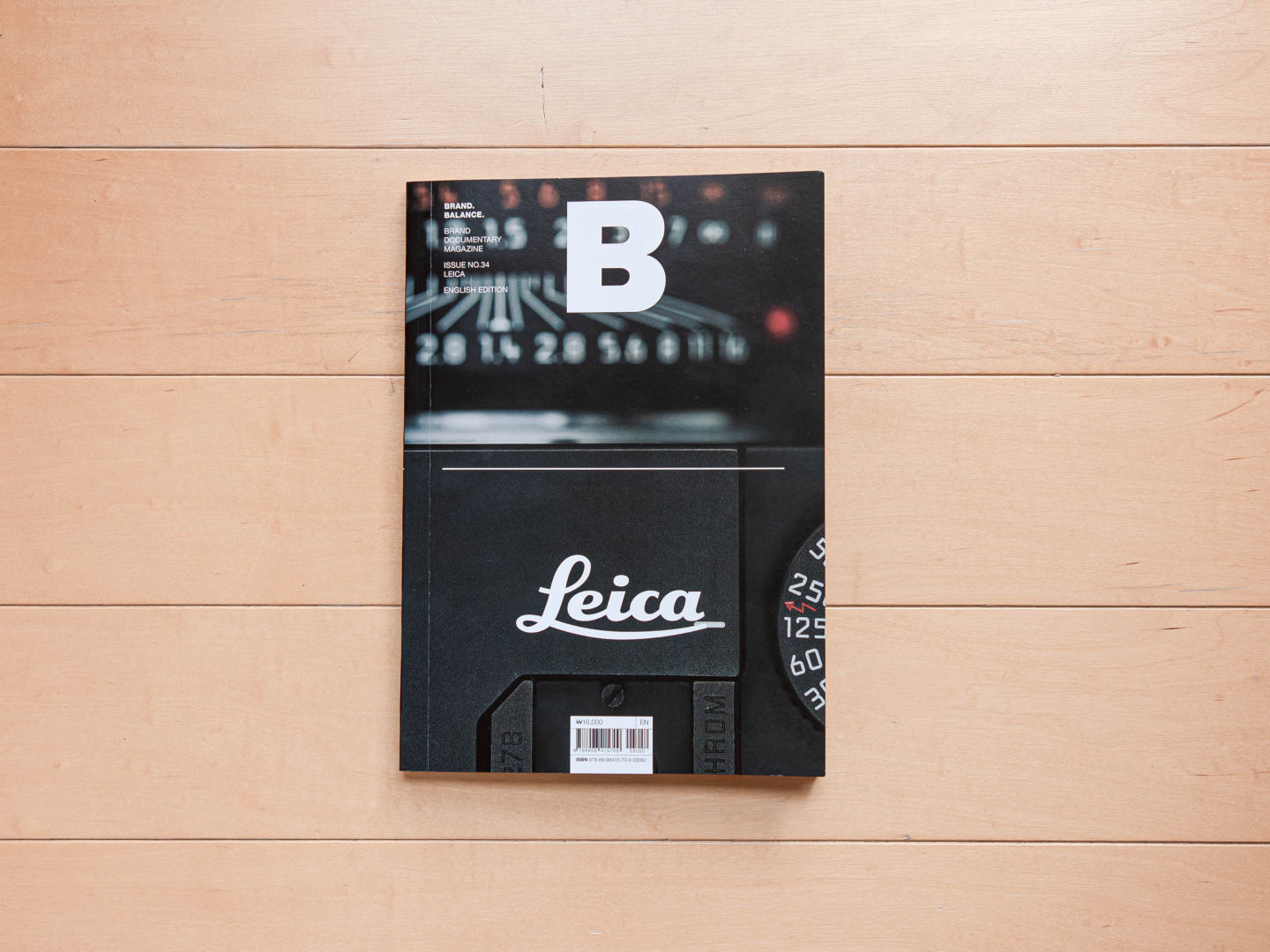
Magazine B, also known as Brand Documentary Magazine is a print series originating in Korea. Each issue focuses on four aspects of a brand — beauty, practicality, price, and philosophy. While the books are all unique in content, they are unified by a brand system.
Design
A full-bleed photograph forms the backdrop for the front cover. A large “B” along with supporting information take up the top half, while a large logo of the brand in question is superimposed on the bottom.
The cover itself is made from a satin finished heavy stock and is perfect bound along with the pages inside. The whole book is small and slim enough to throw into a bag or tote for reading at a coffee shop on a weekend afternoon.

Inside, the pages are packed with photographs and words, but they don’t feel too dense. Many of the pages are set on a two or three column grid, but the designers aren’t afraid to break out when needed.
Content
At a closer glance, it’s clear that every aspect of the book’s beautiful graphic design is in service of the story.
Usually, when brands tell their stories, there is a specific outcome that they have in mind such as highlighting a new product.
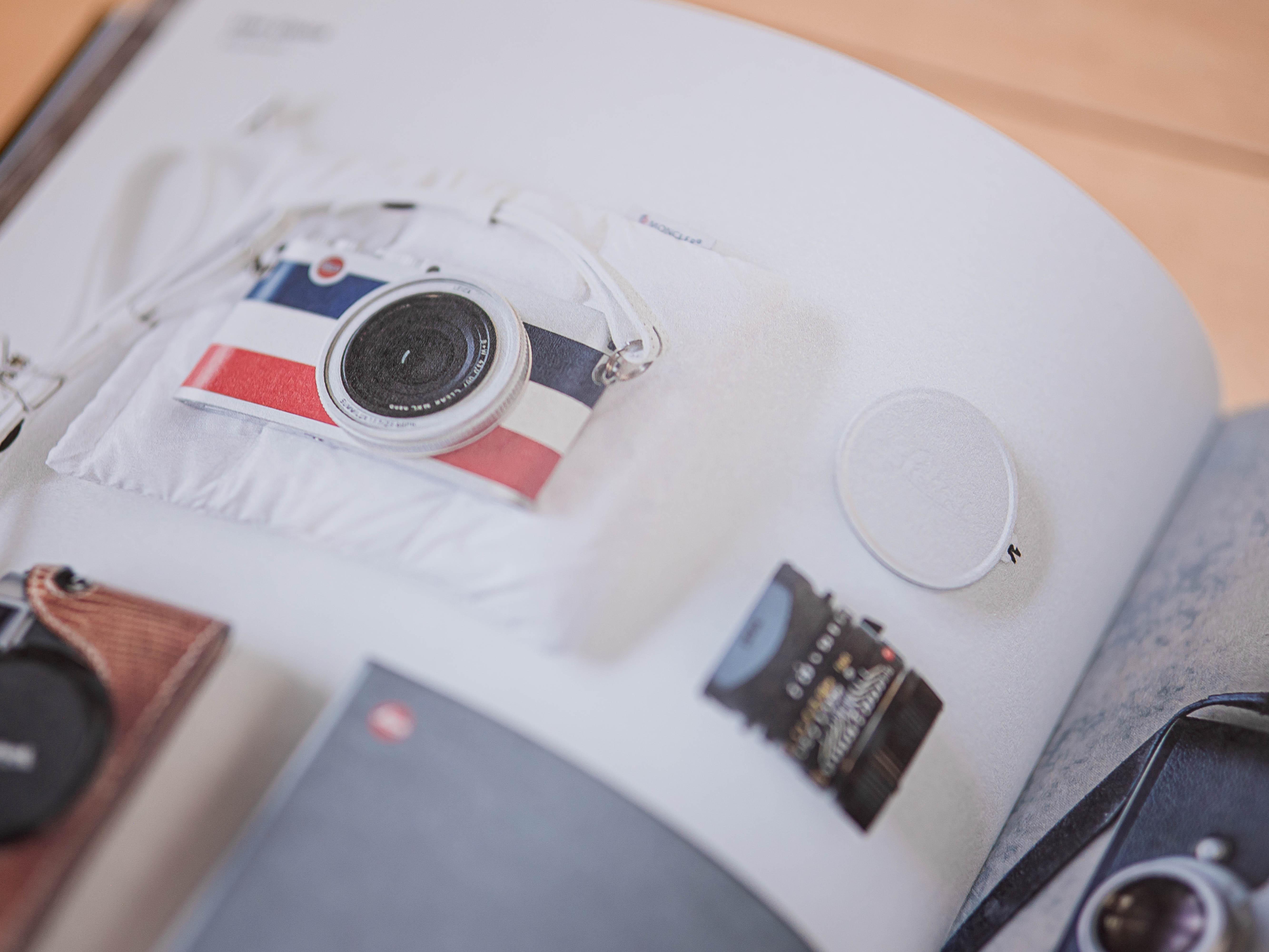
When Magazine B approaches a brand, they view it through a multitude of lenses. In effect, they tell the totality of its story, not just one little slice. In the Leica issue, there are, of course, sections dedicated to the cameras, Leica’s history, and their physical stores. There are also opinion pieces by camera shop owners, film directors, and more.
If you don’t understand why Leica commands such a loyal following, simply buy this book and read it cover to cover. You’ll walk away fully understanding and appreciating what makes Leica tick. In fact, the same can be said of any of Magazine B’s books.
Views of Brand Culture: Leica
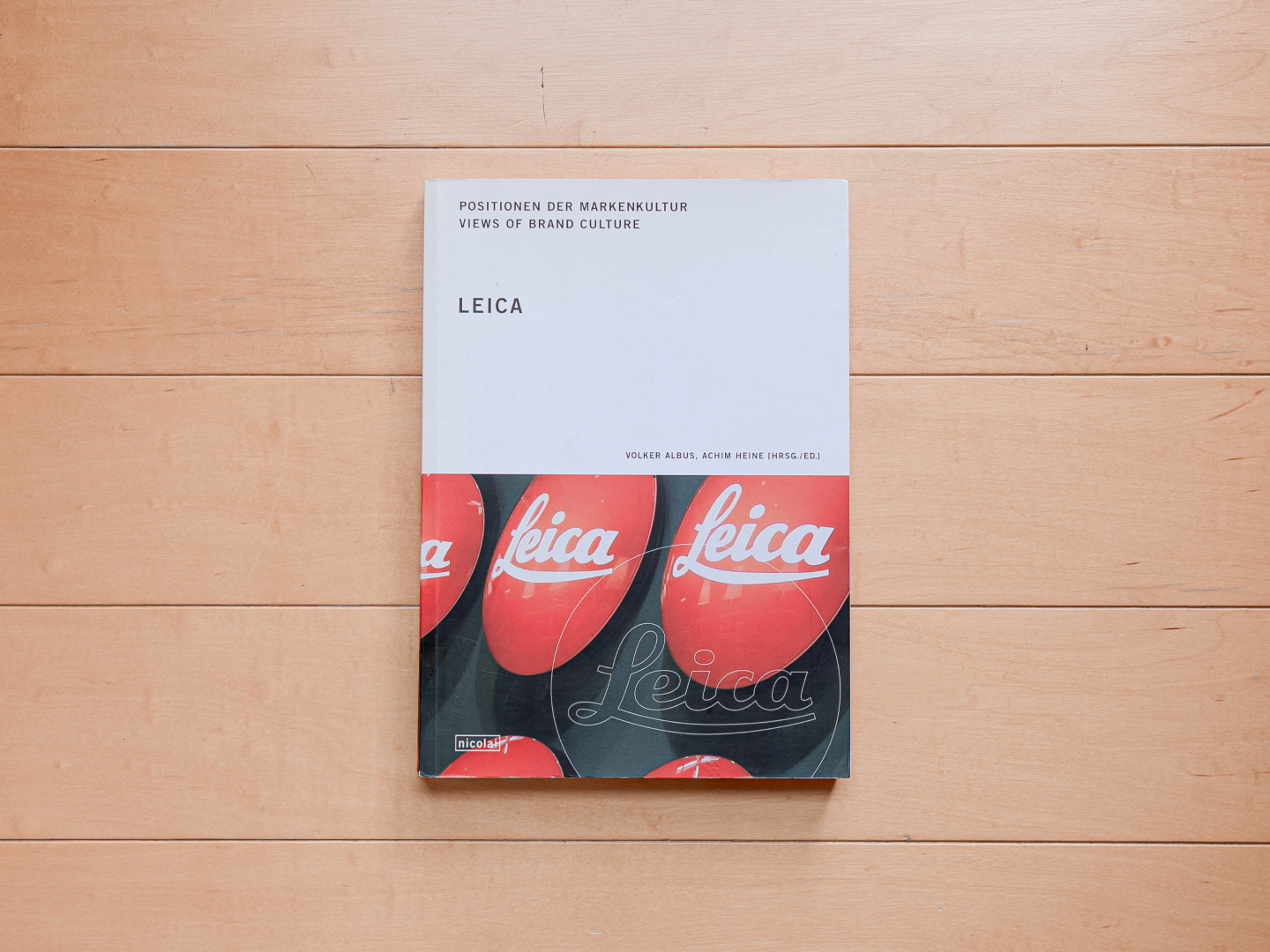
Views of Brand Culture feels a lot like Magazine B, but from more than a decade earlier. It seems that there was an intention to make it a long series, but I could only find the book about the Deutsche Bahn and, of course, Leica. The book is a joint effort by architect Volker Albus and designer Achim Heine.
Heine, as I mentioned in my Digilux 2 review, was instrumental in the design of Leica’s current brand and its early digital cameras in the late 90s. This simple fact that one of Leica’s designers helped to write a book was enough for me to buy it.
Design
This book has about the same footprint as the Magazine B books, but is quite a bit thicker owing to heavier paper. The cover is printed on heavy stock, with the insides printed on folded flaps.
The pages are brimming with photographs — some taken on Leica cameras, others of cameras, Leitz buildings, and marketing materials.
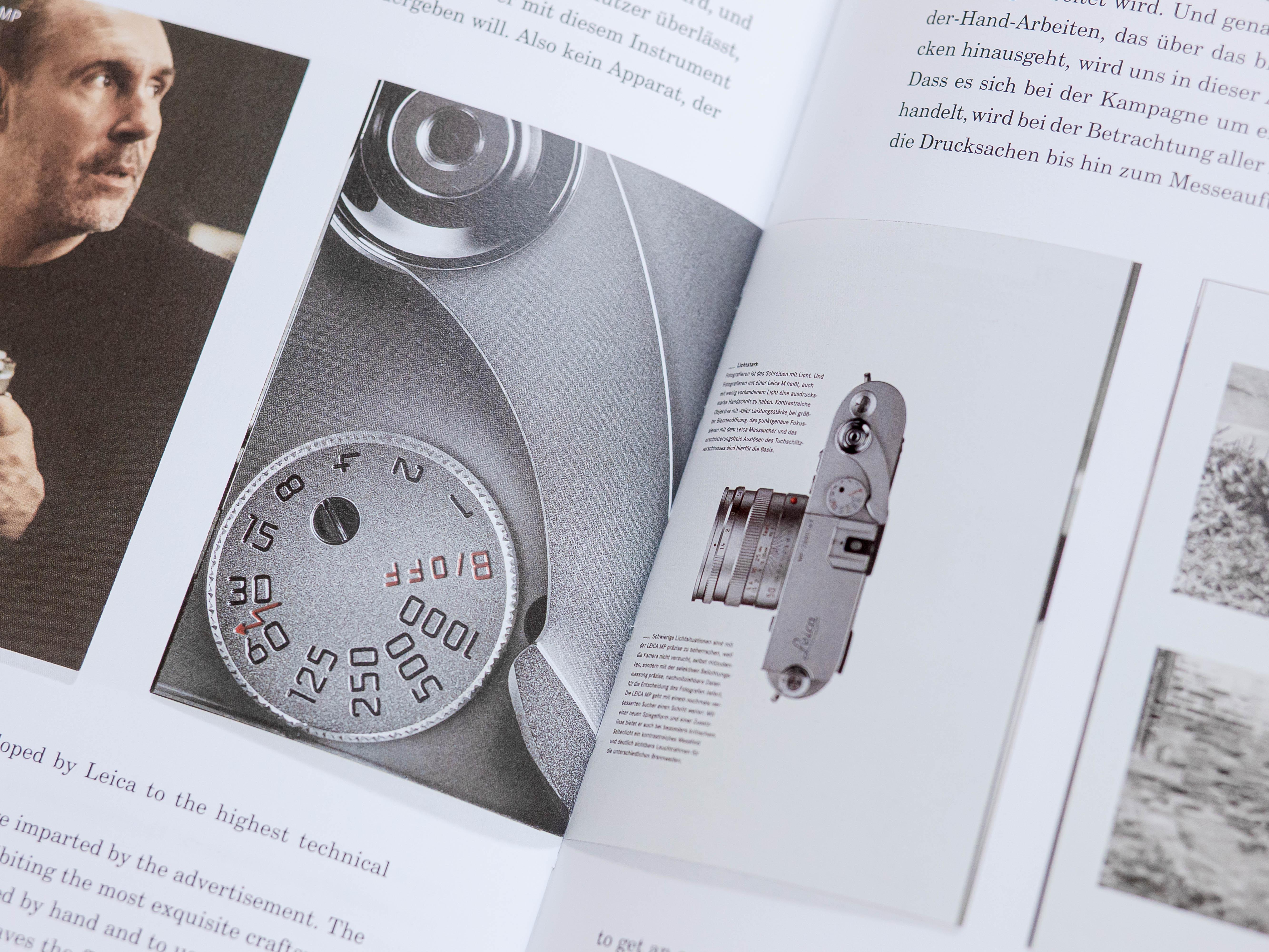
Peculiarly, pages with words are vertically divided in two. The top section is slightly indented to the right, and set in German. The bottom, is written in English.
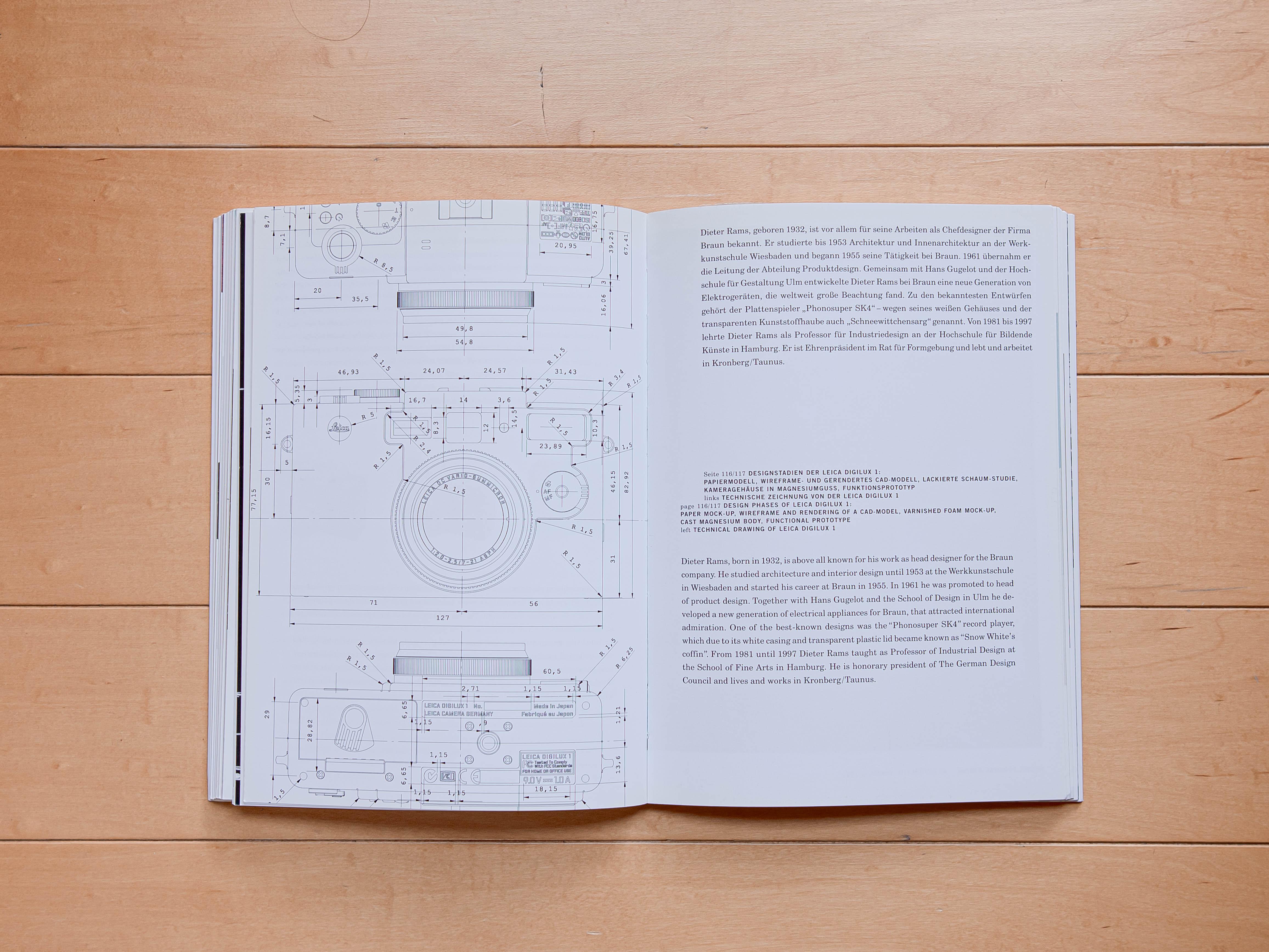
Content
The book is divided into sections, each with its own author. Erik Spiekermann ponders the myth behind Leica and what a brand even is. Volker Albus writes of the camera’s inextricable connection to the hand. Ulrike Willingmann interviews Dieter Rams and chats about Leica cameras at that time. The final section is a simple timeline recounting Leica’s history.
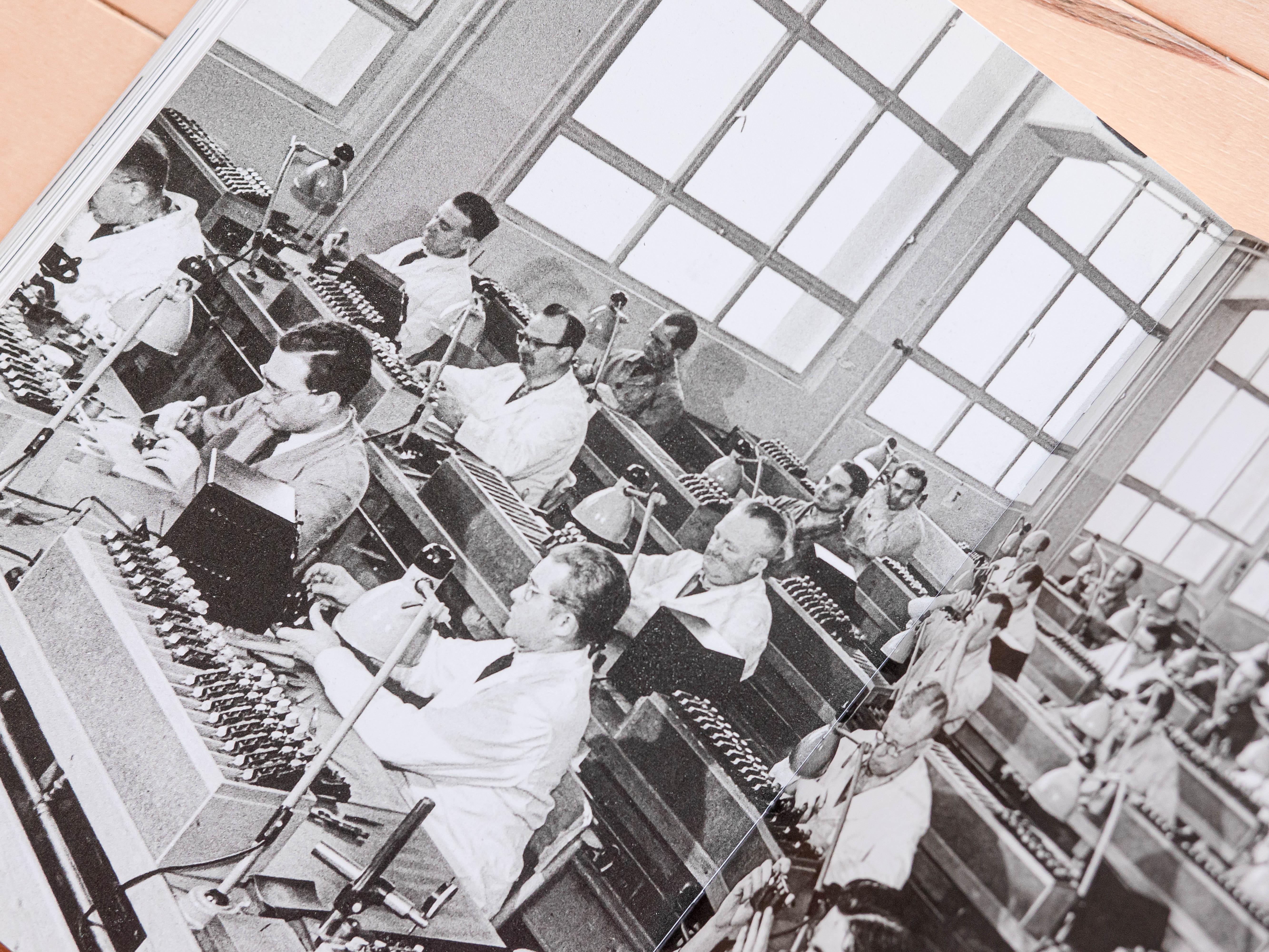
If you want to see Leica through the eyes of the previous generation of creatives, than there is no better book than Views of Brand Culture. It describes in detail the reasons why a single, slow-moving camera company in Germany has been able to ceaselessly commanded the appeal of photographers for generations.
Leica Esprit

This last book is different from the other two, in size and in focus. In his forward, writer Seiichi Koyonagi writes of the beginnings of Leica Esprit. He started with the simple question of whether or not he could transpose the three-dimensional forms of Leica cameras onto a two-dimensional page. With calipers in hand, he went about illustrating.
What results is a dissection of nearly every single Leica camera, lens, and accessory that was available at publishing (1999).
This book was on my list for quite some time, but given its rarity outside Japan, I couldn’t find it. Fortunately, in my last trip to Japan, I was able to buy it domestically and bring it back home.
Design
The softcover book itself is as large as many coffee-table books, the heavy-weight pages perfect bound together. The cover uses light gray to depict the innards of a few Leica cameras. The dust jacket employs higher contrast black and orange to depict outer components.
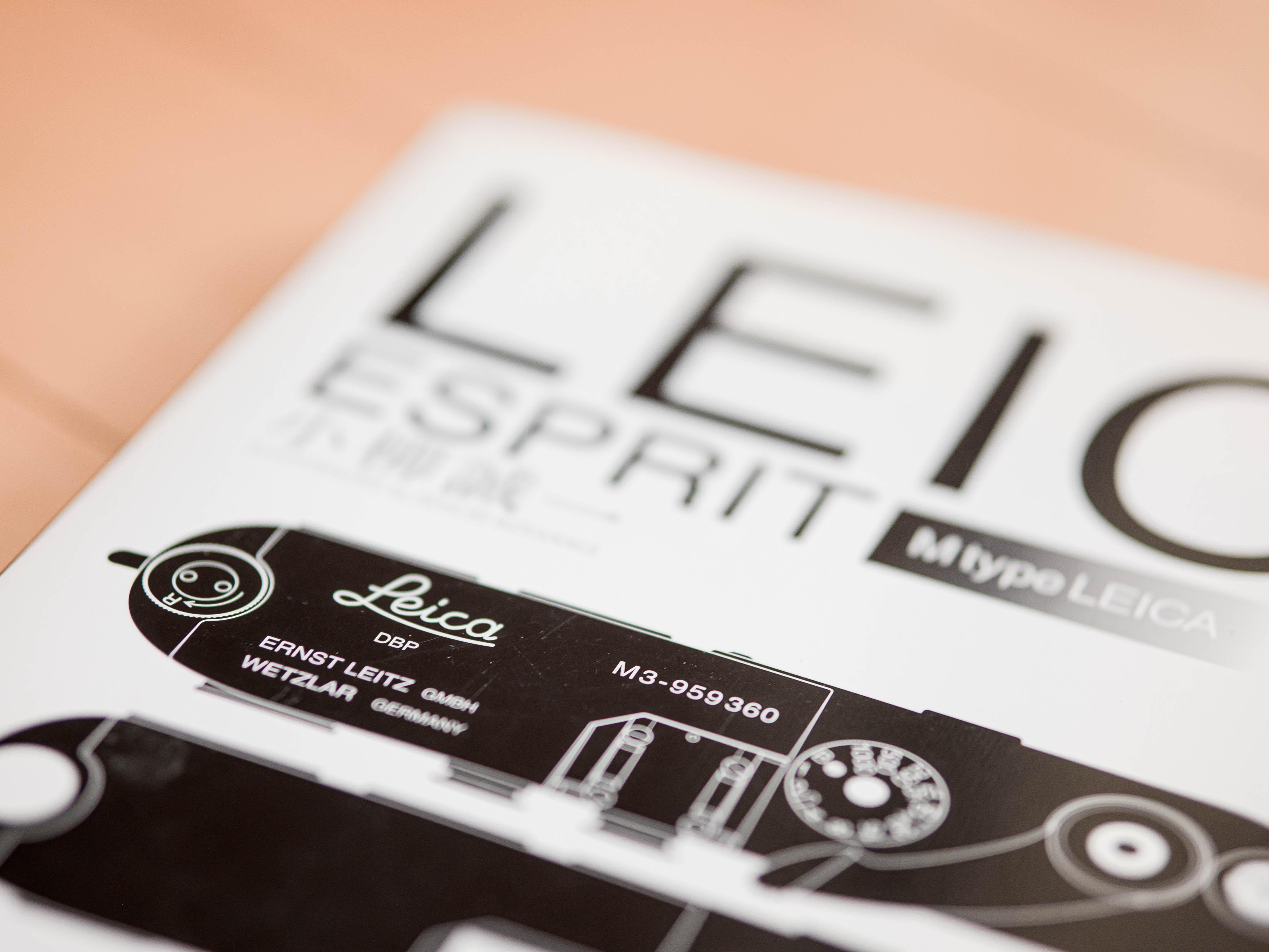
Each spread is dominated by the meticulously drawn black and white illustrations to the right. On the left, are accompanying texts that span history, technical details, to design commentary.

Content
Initially, the book was challenging to read given it is all in Japanese. However, with the help of my phone’s translation app, I became quite effective at following the book.
At first, I guessed that I would be drawn to the pages about the various lenses. Surprisingly thought, I loved the dissections of the inner workings like the shutter release, film advance, etc.
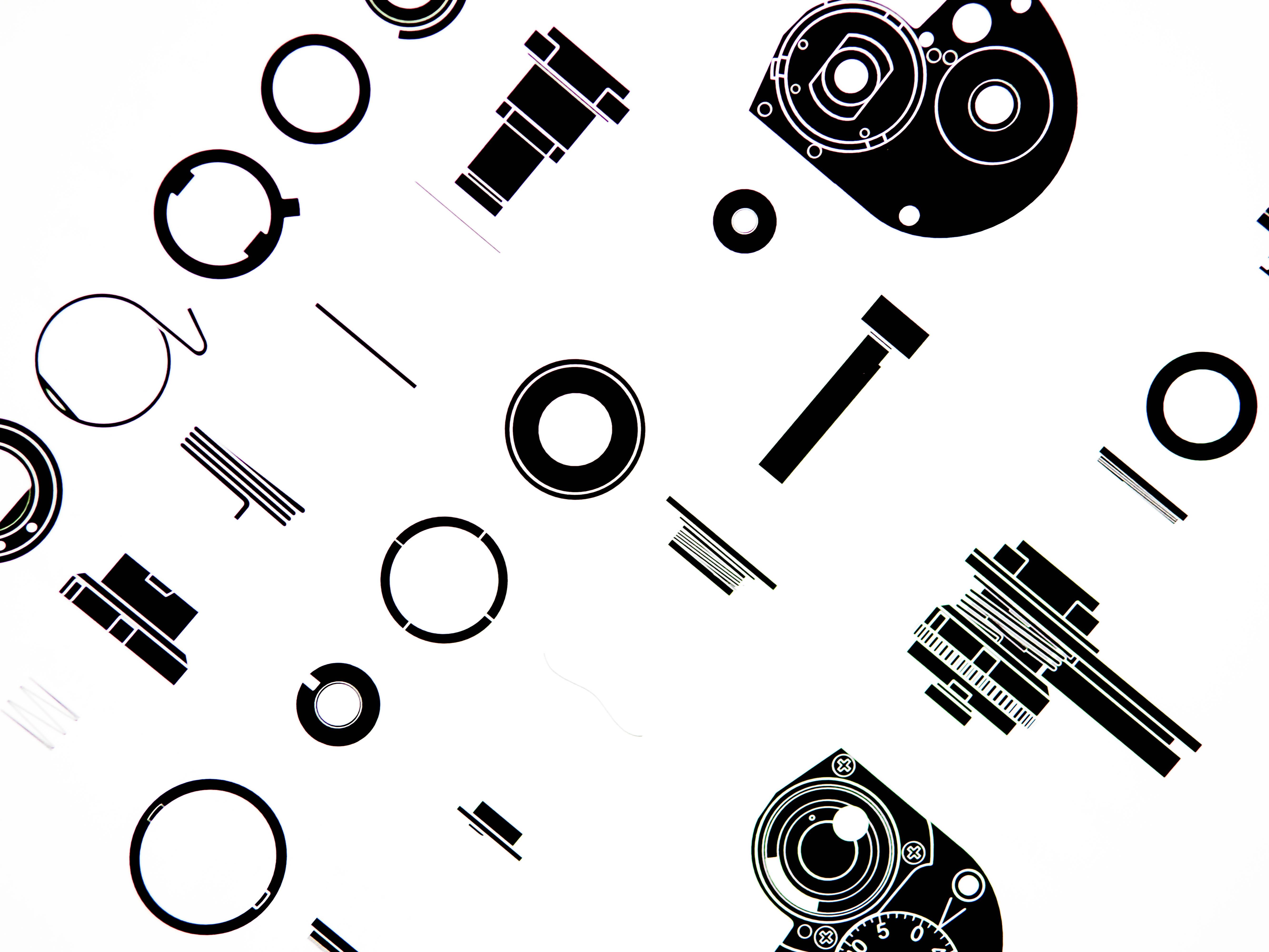
Given that this book is also essentially a comprehensive catalog, when I hear of or see a camera or lens that I know little about, I crack open Leica Esprit and see what Seiichi had to write about it.
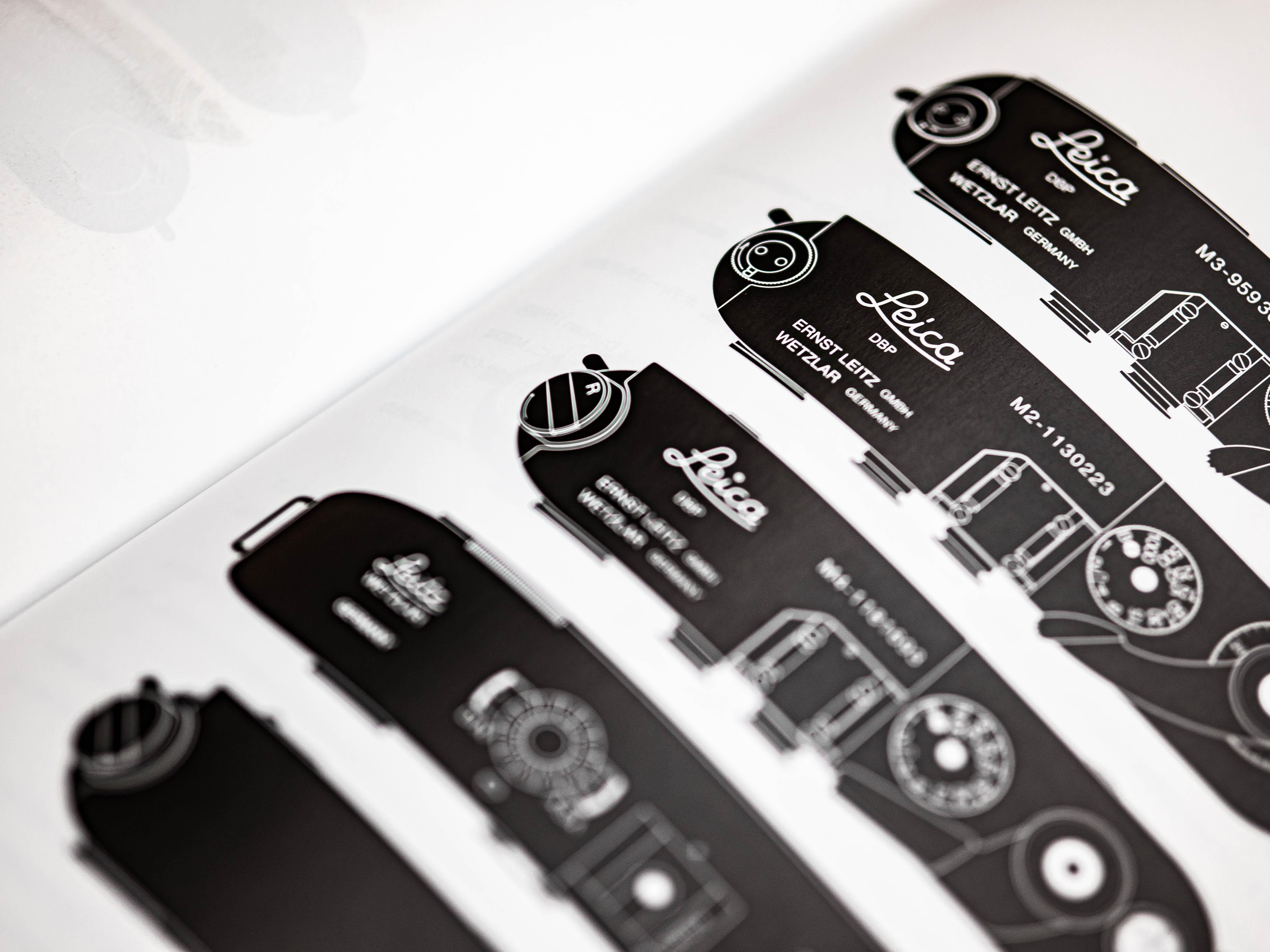
What I’ve learned
I’ve owned and used cameras from every major manufacturer. None has come closer to fitting me, than Leica. As I’ve tried everything from large DSLRs, to tiny film rangefinders, my hands and eyes have guided me. They have told me when a camera feels just right, versus when it feels like I’m fighting it at every turn.
Before reading these books, I felt that Leica’s cameras are right for me, but I couldn’t translate those feelings into words. By reading others’ thoughts, I’ve come to see that Leica has a strong gravity pulling a certain set of people into its orbit. This magical power is multi-modal, coming from its history, attention to design, association with iconic photographers, and more. It’s no wonder so many words about this brand can be spilled on the page.
These three books are veritable gems in my library. They shine by teaching me how a set of tools can come to be so near and dear to my heart. They also provide inspiration to create something that people will hold in high esteem for generations.
Camera setup
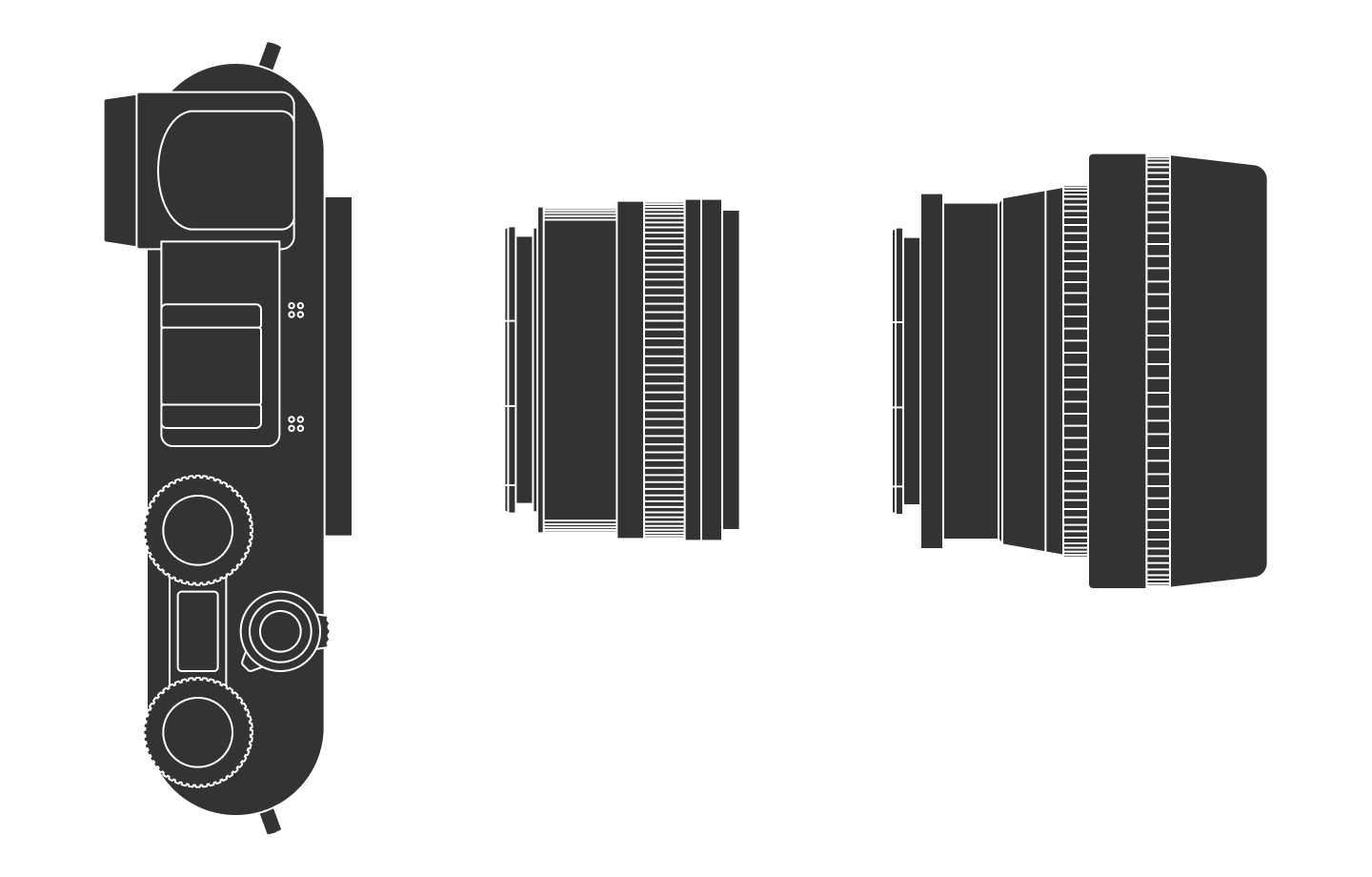
Thanks to Q for reading drafts of this.
